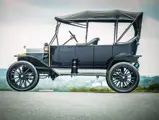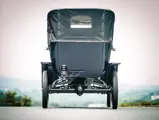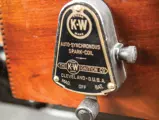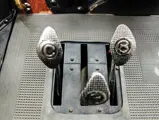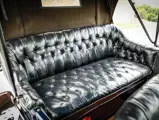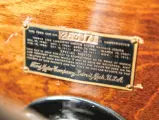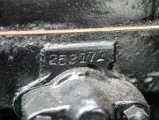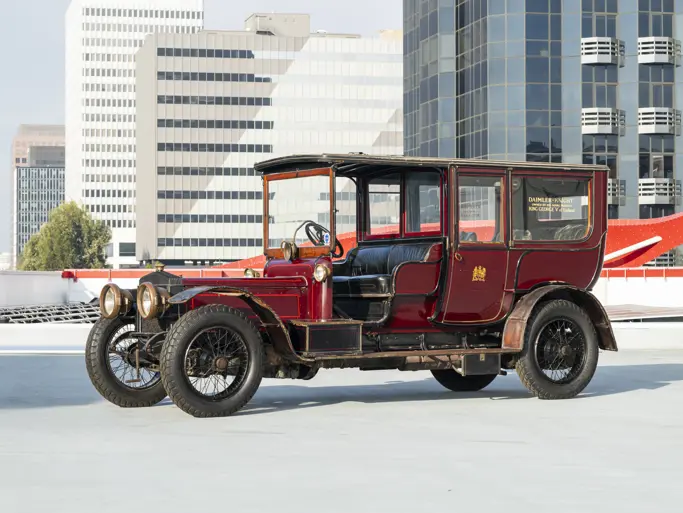22 hp, 176.7 cu. in. side-valve L-head four-cylinder engine, two-speed planetary transmission, solid front and live rear axle with transverse semi-elliptical leaf springs, and hand-operated rear-wheel mechanical brakes. Wheelbase: 100 in.
The ubiquitous Model T, or Tin Lizzie, as it was affectionately known, came to market in October of 1908. This was the car that Henry Ford endeavored to produce for nearly 20 years. By the end of 1927, when the car was discontinued, more than 15 million were produced. Rugged simplicity was its hallmark. The lightweight steel chassis was powered by a 20-horsepower, side-valve four-cylinder engine coupled to a two-speed planetary transmission, affording a top speed of 45 mph while delivering 25 mpg. Least expensive was the three-seat runabout, at $825—and just $25 more for the touring car.
Although Ford and Ransom E. Olds had both worked with the elements of mass production, Ford pioneered the moving assembly line in 1913, cutting assembly time from 12.5 hours to just 1 hour, 33 minutes. In January 1914, Ford introduced the $5 per day wage to workers helping the company to produce 300,000 Model Ts; 100,000 more cars than the rest of the industry combined. This constant improvement in efficiency enabled the price of the car to reach a low of $290 by December 1924.
Automotive aficionados with tell you that a Model T was available in any color so long as it was black. However, all-black did not come until 1914 when in the interest of production line speed, Henry Ford chose one color. Why black? Ford determined that black paint dried the fastest, which helped lower production time.
This beautifully restored Model T is finished in Midnight Blue with black fenders and features an exquisitely done, period-correct button-tufted black leather interior. At the time of the restoration in the mid-1980s, no expense was spared and the workmanship remains of the highest caliber. It is described by the Museum curator as “one of the nicest,” as the interior, paint, top, and condition remain first-rate.
The Museum’s donor notes that at the time of his purchase in 1987, this was the second restoration of the car, which was done just prior to his purchase from an owner in New Hampshire. During the donor’s ownership, the car was fitted with new wheels and tires, gas tank, transmission bands, rear-end ring and pinion gear, and a Brassworks radiator. He adds that the car was restored from a rust-free example, and it remains so today. He used the car sparingly but notes that it was especially nice to drive in colder weather, as it is fitted with doors that make the ride more comfortable for both driver and passengers.
As this was the last year for a leather interior and colors other than black, it makes for an especially nice presentation whether touring or showing. The car has remained on static display in the museum for some time, and it is advised that the buyer fully service the Model T before placing it back into service.
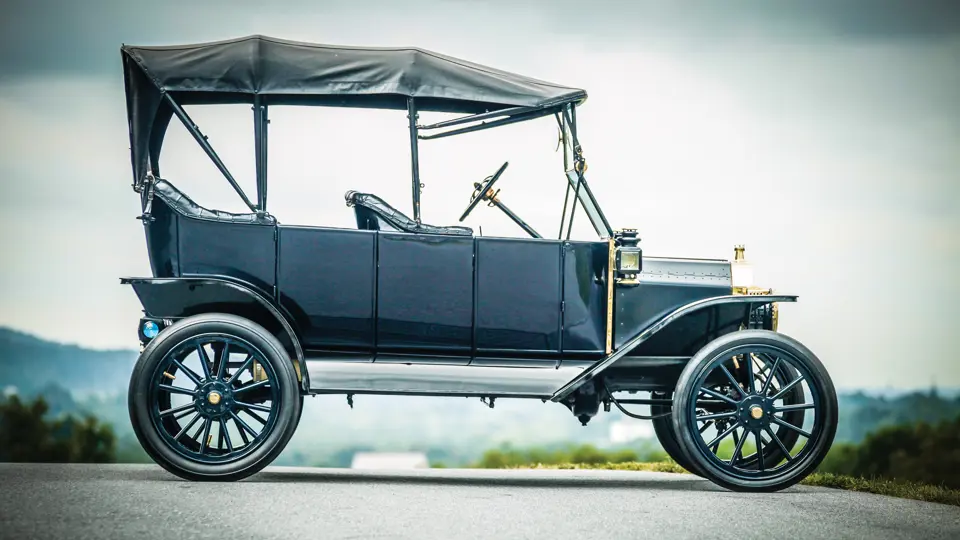
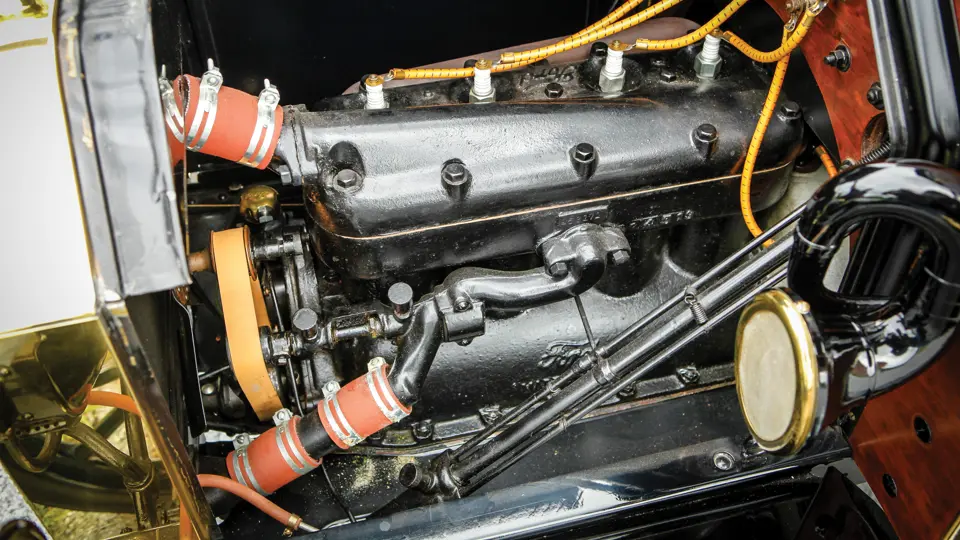
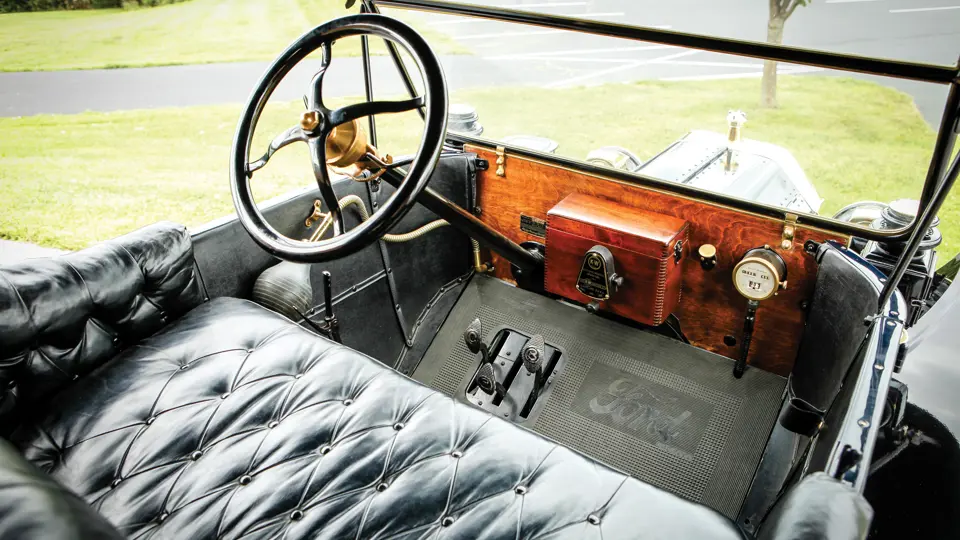

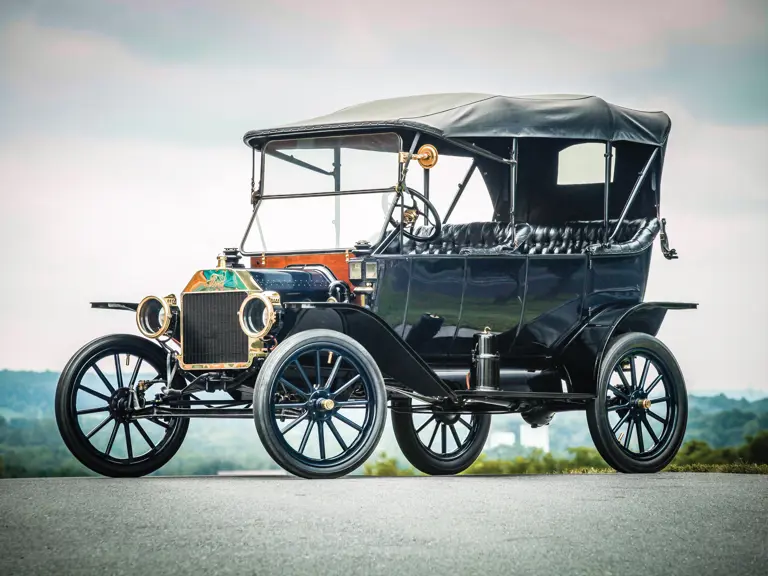
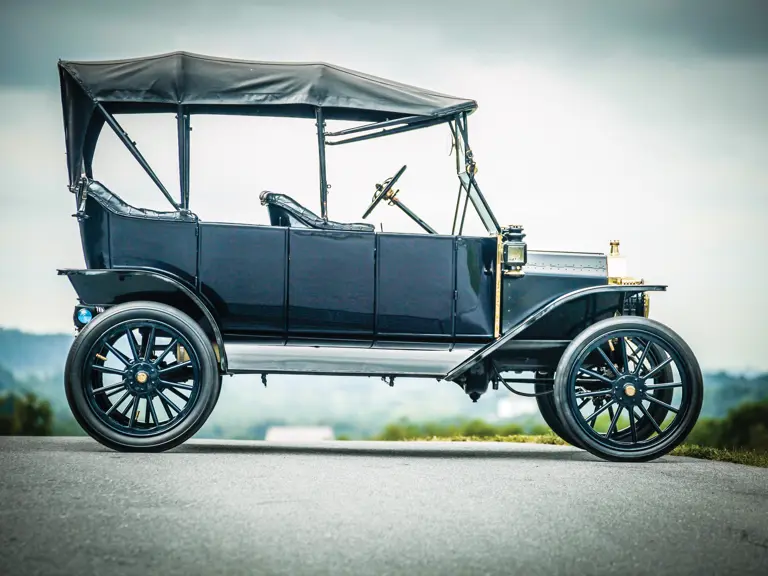

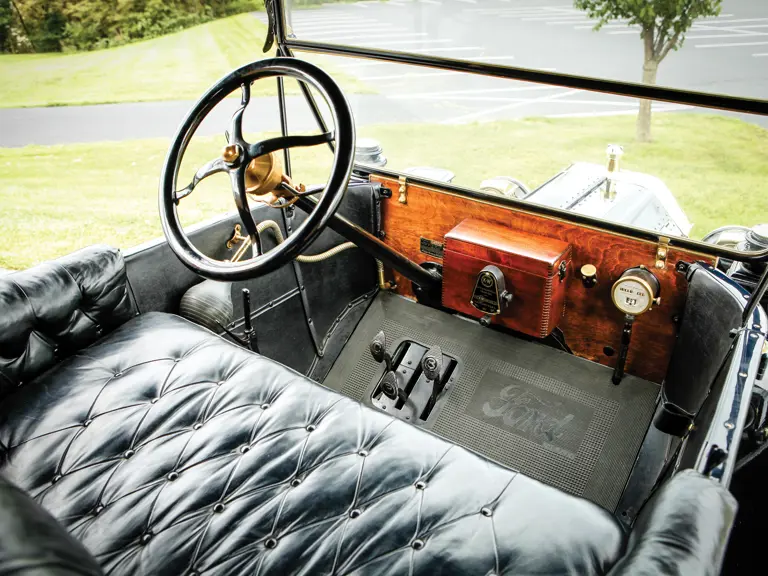





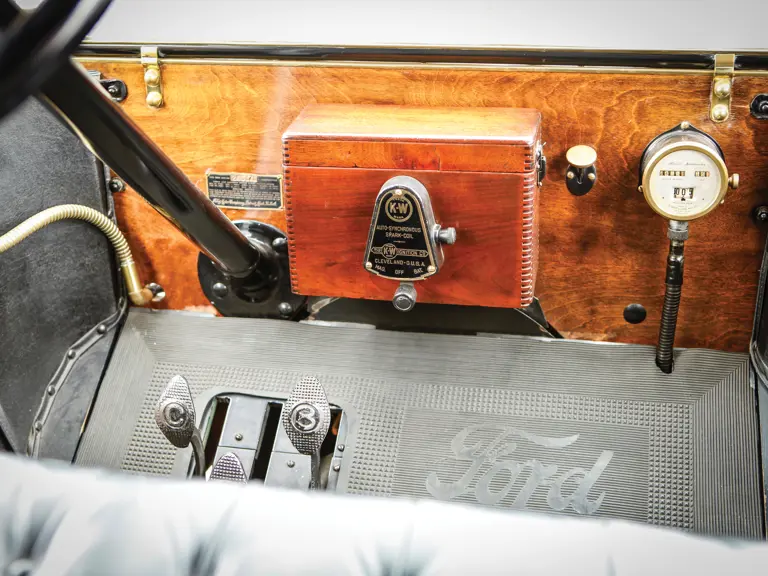
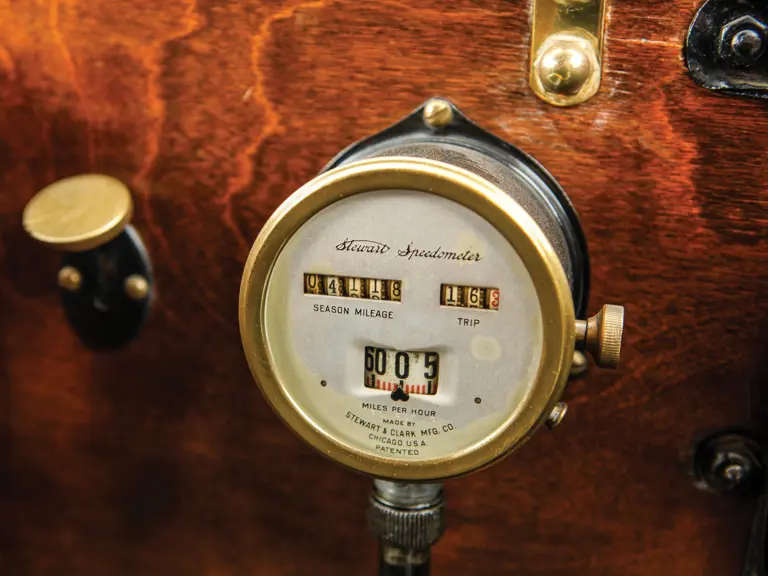
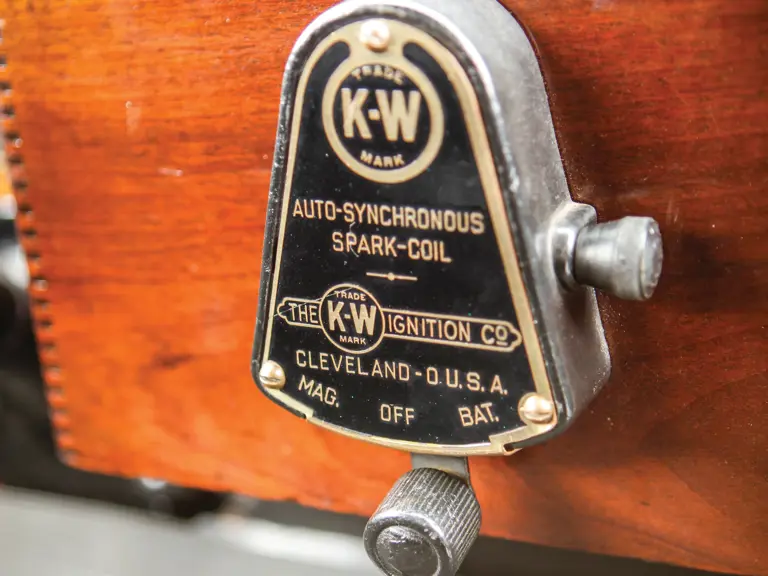

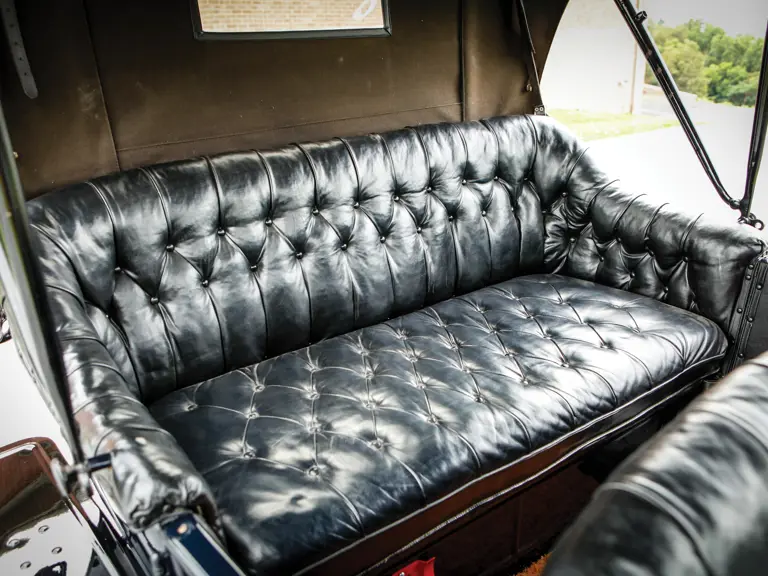
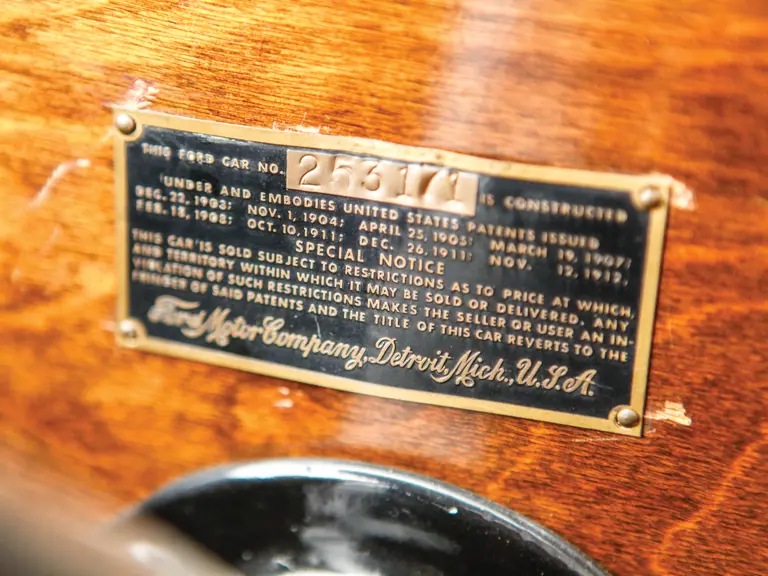
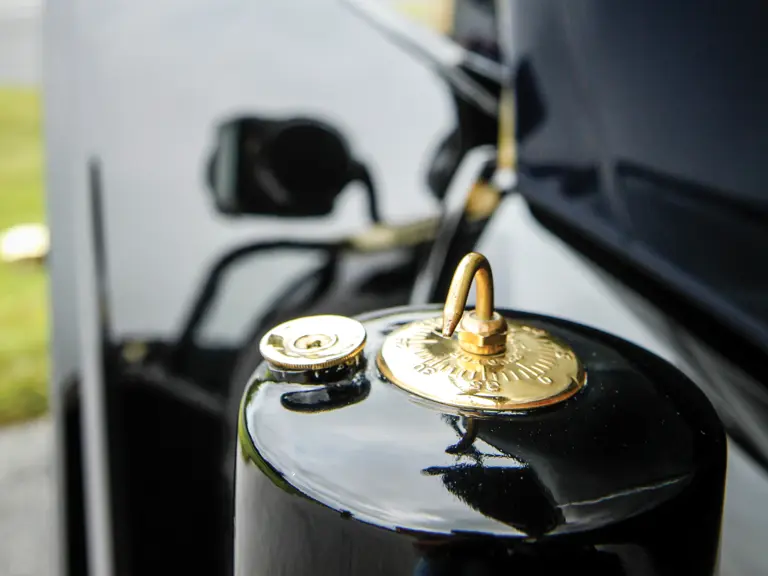
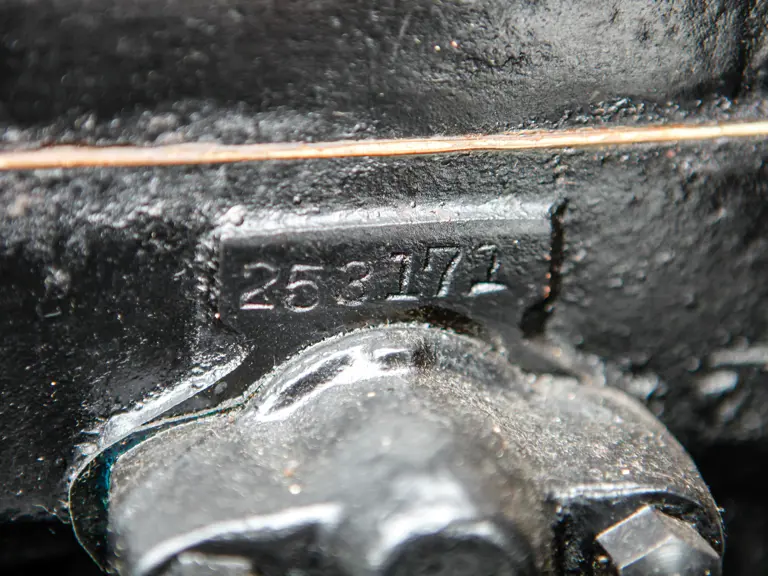

 | Hershey, Pennsylvania
| Hershey, Pennsylvania



